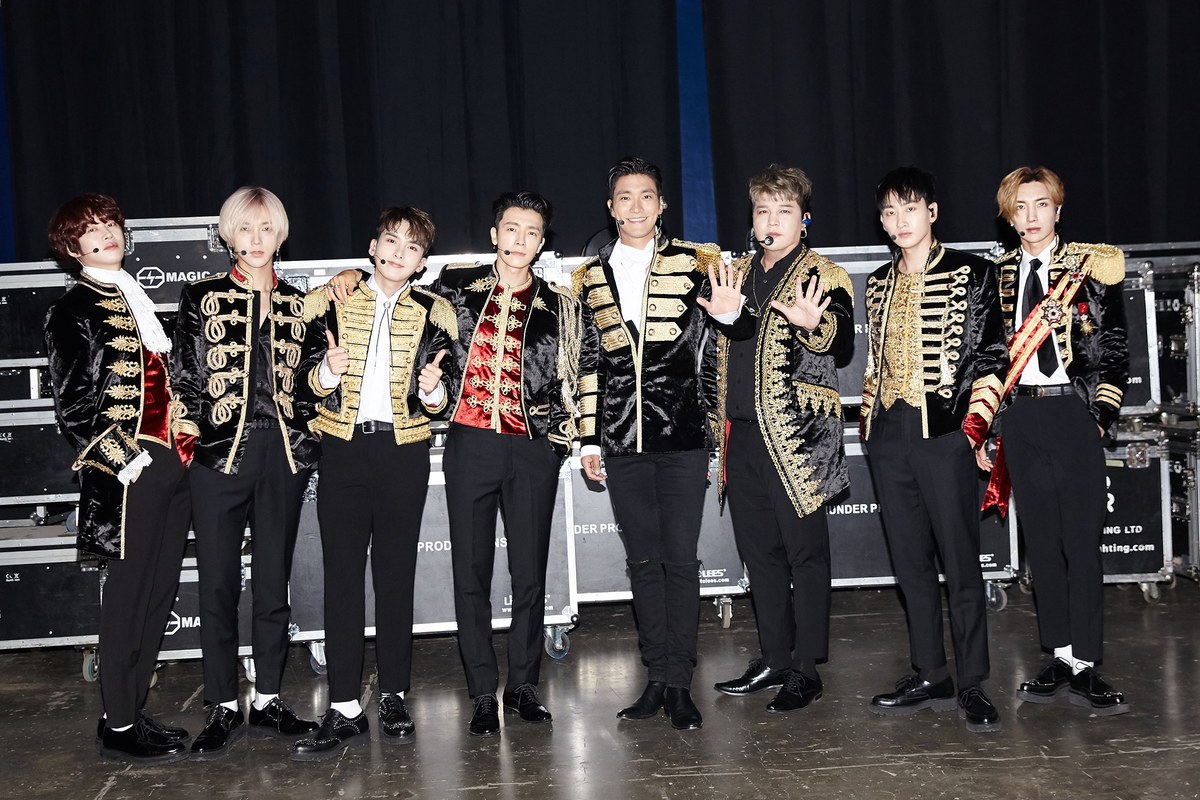JEDDAH: It is just weeks to go before one of K-pop’s best-known groups, “Super Junior”, take to the stage in Jeddah, adding them to an ever-increasing hall of fame as the Kingdom continues on its wave of modernization.
It wasn’t that long ago that fans of K-pop were seen as the odd ones out, but now they represent an increasingly large group of devotees across the globe.
K-pop music, a versatile genre of music, accompanied by an explosion of bright colors, flashy choreographed dancing and catchy beats, has fans as young as 10 captivated.
But what has made this once widely mocked genre turn from a freak show into one of the world’s most successful styles of pop music and why is it so popular in the Kingdom? Arab News spoke to fans to find out.
Local online shops and social media accounts in Saudi Arabia are slowly increasing merchandise of Korean goods including clothing, fan art, band merchandise and much more.
Even Saudis living abroad in Korea have got involved and are pushing the K-pop message through their social media accounts, drawing in younger recruits to this increasingly popular phenomenon.
College student Yasmin Noor, 19, who has been a fan for four years said: “I got into K-pop when I was 15. When I stumbled across Choi Siwon from “Super Junior” on the internet, I wanted to know more about him. After that I wanted to know about Korea and their culture.”
How K-pop's global interest grew
Boy – and girl - bands are not a new phenomenon, K-pop is riding the crest of a rather big tried and tested wave.
But while most of the groups that preceded this genre are from western countries and sing in English, K-pop bands have largely stayed loyal to their roots, singing in their native tongue – although not always.
Even the Rolling Stone magazine joined the debate surrounding the genre’s growing popularity around the world, suggesting that interest in Korean pop music first began in 2012 with Psy’s “Gangnam Style,” but he was seen as an amusing gimmick.
Then there was a series of highly polished girl groups that hit the stage, including “Wonder Girls” and “Girls Generation,” who came backed with vast productions and massive budgets which promptly flopped, failing to capture the imagination of the essential US audience.
But why did they fail? Rolling Stone suggested it might be these groups simply “tried too hard.”

Super Junior backstage at their concert 'Super Show' (Photo Courtesy: Social media)
Now K-pop has dared to cross the boundaries and, with groups like BTS, started to encompass Western styles, while maintaining its Korean origins, delivering a more upbeat, feel good positive style that is starting to capture the attention of the US.
It didn’t matter that groups were singing in Korean, when the sound had something that sounded reassuringly similar but was uncharacteristically uplifting.
And it’s not just the US where K-pop is proving a vast success, it seems the Gulf region loves it too.
Social media was always going to help
Saudi-based life coach and HR officer, Nora Alrifai, 27, said: “The appeal for me was how some songs moved my heartstrings even though I didn’t understand anything they were saying.”
And her fascination with Korea didn’t stop there, she said the country’s local TV dramas have also been a serious draw as her love of Korean media continues to grow.
K-pop’s recent success around the world has caught many by surprise, but the brand’s normalization into such a competitive market could be, in part, due to collaborations with western acts.
But Alrifai believes social media has played a big part.
“Due to the globalization and the excessive use of social media, the world is becoming a global village and everyone has access now to other cultures and their art,” she said.
Rowaida Fuad, the chef behind Sakura Topia, a restaurant that serves authentic Korean and Japanese food said she was initially a K-Pop fan: “I got into K-Pop when I was in university in 2005. At that time it was becoming famous among students who had internet access.”
One of the biggest online K-pop communities “Soompi,” which started in 1998, boasts a user base of 22 million and still growing, with the vast majority being from around the globe and not Korean.
And there’s evidence, Rolling Stone suggested, that its millions of users are spending hours translating lyrics and analyzing the videos which accompany to catchy tracks.
Yasmin Noor recalled how she first discovered the colorful world of K-pop, she said; “What made me like them was definitely their dancing skills and the most impressive of all was the production value that goes into their music videos.”
“Super Junior” will perform in Saudi Arabia at the Jeddah Season on July 12, and fans are eagerly awaiting the announcement of the tickets, a first of its kind in the Kingdom that will surely not be the last.













